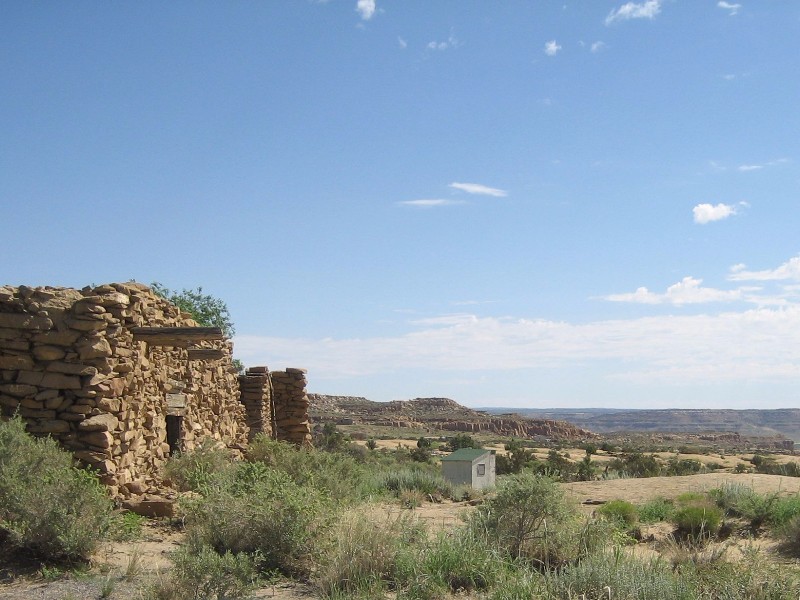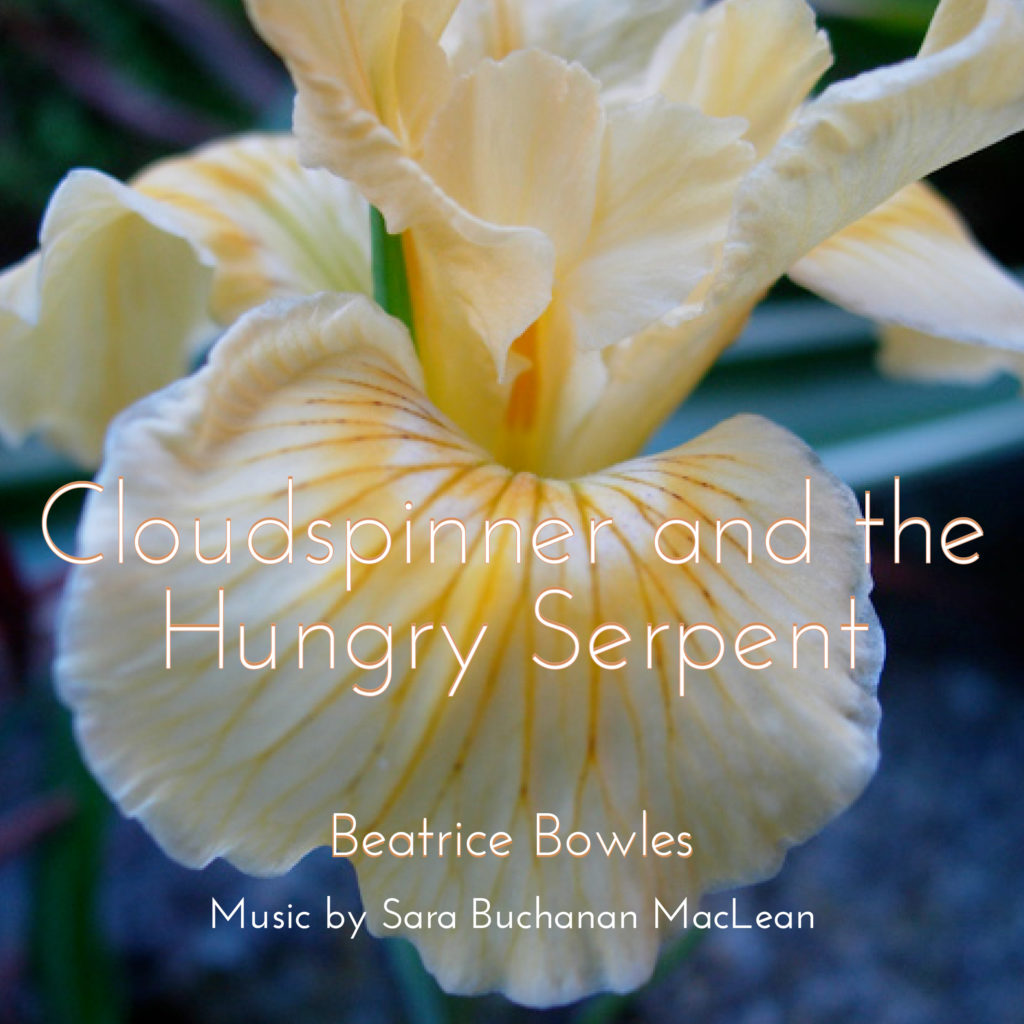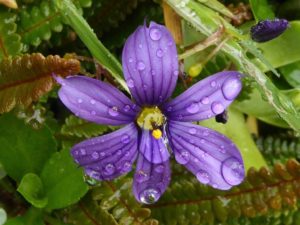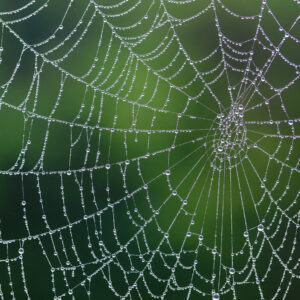
Once long ago, a Hopi storyteller told me to listen for the voice of Spider Grandmother, weaver of the web of life, who still whispers wisdom to guide us—if we listen.
So I listened.
That was why on a freezing afternoon in northern Arizona, with my teenage son, Cannon, driving a rented Jeep up a narrow road with no guardrails, we arrived at the ancient Hopi pueblo of Oraibi atop Third Mesa. We had come at the time of Powamu, the Hopi Bean Dances, when the kachinas, supernatural deities embodied by Hopi priests, celebrate the renewal of the life force, symbolized by the sprouting of beans.
On Powamu, which occurs during the second moon after winter solstice, the kachinas initiate girls and boys into the different priestly clans. Planning by the moon, we arrived at Oraibi on the day of the initiation of boys.
As we parked in the plaza and stepped out, a trapdoor opened in the ground not ten feet away. A dozen men painted in thick black-and-white-stripes raced up a ladder carrying buckets and began to whip us with wet yucca leaves.
I yelped in fright. From the shadows, an old man growled, “Don’t move. Mudheads bring you luck.”
As we walked around Oraibi’s harmonious stone and clay dwellings, which looked as old as time, we saw smoke rising from the rooftops. But there was no one to be seen. From out on the cliffs, the wintery desert looked endless.
When afternoon faded to night, we pulled on extra layers under our parkas, having been warned by an artist friend who had been there to prepare for hours of waiting in the snow. Our only chance to see the kachinas would be as they proceeded from kiva to kiva, the underground rooms for sacred ceremonies. Only Hopi would be allowed inside.
We stood a shy distance from a group of women and children huddled by the door of a kiva, watching them as they watched us. At last, a regal woman with long black braids opened the door to a low room lit by firelight. She waved in all the women and children. Then—a second before the door closed—she waved us in, too.
Was it because of my son, Cannon? Or our Mudhead luck?
The woman at the door then pointed to a small chair for me in a crowded row, and to a place by the wall where Cannon could stand. The kiva was packed and silent, electric with excitement.
Suddenly, a thunderous stomping started on the roof. Then, at a deep, haunting call from the regal woman at the door, kachinas of the Eagle clan, descended on a stout wooden ladder—men first, boys following, all spectacularly costumed and all alike. Every feather was pristine. Every silver ornament shone. Every chant, every harsh cry, every swoop of wings, paid tribute to the bird’s proud freedom. The wide-wheeling flight of the eagle evoked by the dancers radiated such spiritual majesty that I was left stunned.
After the Eagle kachinas departed, the same woman’s deep-throated call sounded again. Then down the ladder came the Deer clan kachinas, chanting. They carried dancing sticks tipped with deer hoofs, and their delicately patterned tapping dance perfectly mimicked the light-stepping movements of deer.
Over and over again, once one clan departed, the woman’s haunting call summoned another clan of kachinas with their boy initiates. Down came the Bear clan, the Butterfly Maidens, Spruce Tree and more, to dance and chant before us, we, the lucky outsiders who had been allowed in. The ceremony glowed with a profound sense of spiritual unity with all of life on Earth and with all that lies beyond.
Despite savage oppression by church and state, the way of the Hopi (Hopi means ‘the Peaceful Ones’) has survived for tens of thousands of years. Today the Hopi Nation maintains its sovereign power, its enduring wisdom, and its unforgettable beauty.
Cannon, now married and with three sons, can still sound the haunting call to the kachinas, to come down and dance before us.
____
Here is my recording of the story I mentioned at the beginning of this adventure, with original music by composer Sara Buchanan MacLean. The Hopi-Tewa artist, Jose Rey Toledo, who told me the story, gave me permission to re-tell it.
To purchase this story and its companions on my audio collection, Cloud Spinner and The Hungry Serpent, click here.

This story is also the very first one in my book, Spider Grandmother’s Web of Wonders. And I’m delighted to have my defining Hopi story included in Kate Farrell’s inspiring book, Story Power: Secrets to Creating, Crafting, and Telling Memorable Stories



